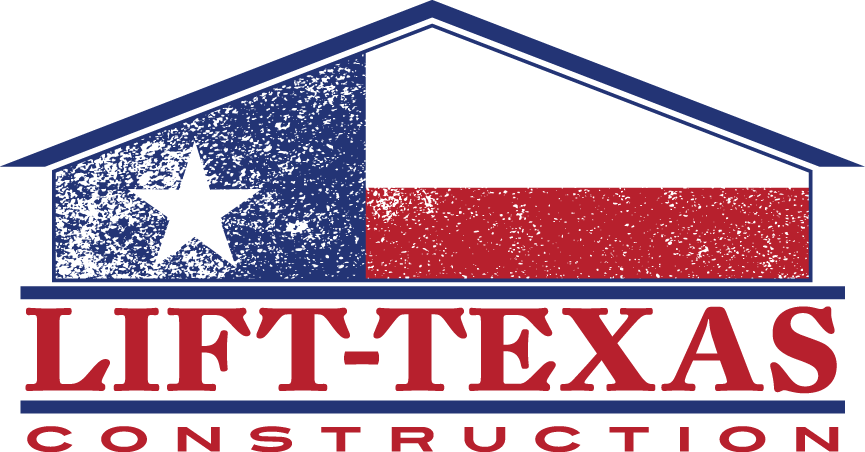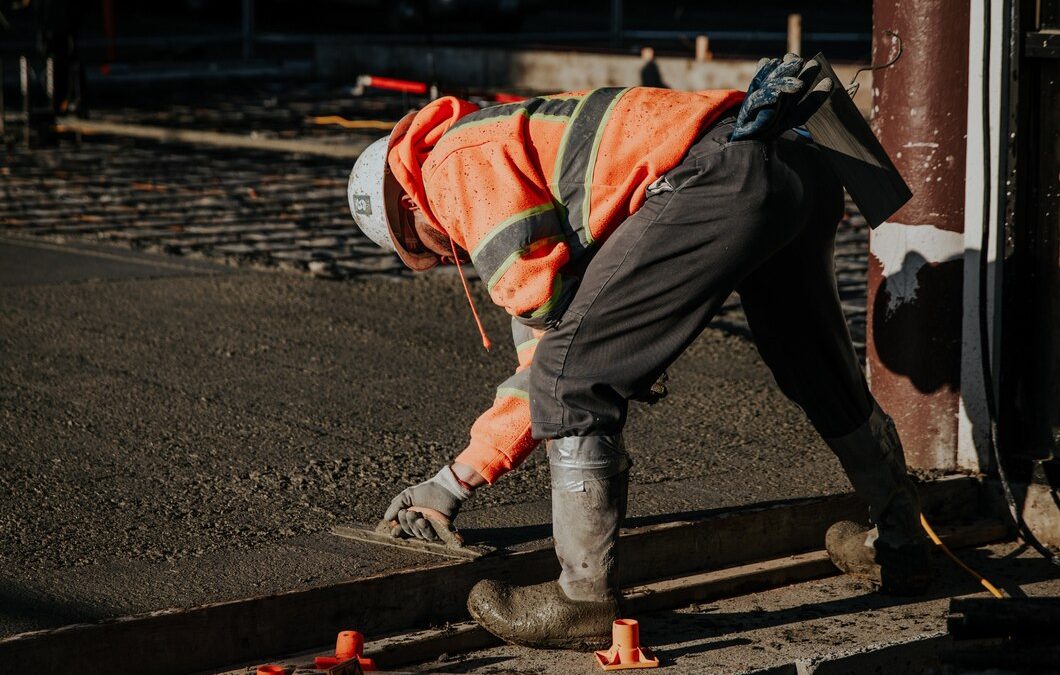Uneven concrete surfaces can be a real headache and even a safety hazard. When your concrete starts to shift or crack, it doesn’t just look bad—it can also create tripping hazards and other problems. Fortunately, there are steps you can take to keep your concrete surfaces level and in good condition.
Understanding the reasons behind uneven concrete is the first step in preventing it. Factors like soil movement, water pooling, and heavy loads can all cause your concrete to become uneven. By addressing these issues early on, you can avoid bigger problems and costly repairs later.
In this article, we’ll dive into some common causes of uneven concrete and give you practical advice on how to prevent and fix these issues. From routine maintenance to knowing when to call a professional, these tips will help you keep your concrete surfaces safe and level.
Causes of Uneven Concrete Surfaces
Uneven concrete surfaces can occur for several reasons, and understanding these causes is the key to prevention. One of the most common reasons is soil movement. When the soil beneath your concrete shifts or settles, it creates gaps and voids that can cause the concrete to crack and become uneven. This soil movement can be due to natural settling, erosion, or expansive clay soils that shrink and swell with moisture changes.
Water is another major factor. Poor drainage around your concrete slabs can lead to water pooling, which can erode the soil underneath and weaken the concrete. This erosion can cause the concrete to sink or tilt. Additionally, tree roots growing under the slab can lift sections of the concrete, leading to an uneven surface. Heavy loads, such as parked vehicles or heavy furniture, can also create pressure points that cause the concrete to crack and shift over time.
Routine Maintenance Tips to Prevent Unevenness
Preventing uneven concrete surfaces starts with regular maintenance. Here are some simple tips to help you keep your concrete smooth and level:
- Ensure Proper Drainage: Make sure water flows away from your concrete surfaces. Clean your gutters and downspouts regularly to prevent water from accumulating around your foundation or concrete slabs. If you notice pooling water, consider installing a drainage system to redirect it away from the area.
- Monitor Soil Moisture: Keep the soil around your concrete evenly moist to prevent it from swelling and shrinking. Avoid overwatering plants and trees near your concrete surfaces. Mulching around the base of trees can help maintain consistent soil moisture levels.
- Seal Cracks Early: Inspect your concrete surfaces regularly for any signs of cracks. Small cracks can quickly turn into big problems if not addressed. Use a concrete sealer to fill any minor cracks and prevent water from seeping in and causing further damage.
- Control Tree Growth: Be mindful of the trees and large shrubs near your concrete surfaces. Roots can extend far beyond the tree’s canopy and cause lifting and cracks. Trim roots if necessary and consider installing root barriers to prevent them from spreading under your concrete.
By following these routine maintenance tips, you can significantly reduce the risk of uneven concrete surfaces and keep your property safe and looking its best. Regular attention and small fixes can go a long way in maintaining the integrity of your concrete.
Techniques for Leveling Small Areas
When dealing with small areas of uneven concrete, there are several techniques you can use to level the surface. These methods are practical and easy to implement, ensuring a smooth and safe surface once again.
- Self-Leveling Compound: One of the most straightforward methods is using a self-leveling compound. This mixture can be poured over the uneven area, and it will spread out to fill in low spots and create a smooth surface. Make sure to clean and prep the surface before applying the compound to ensure it adheres properly and provides a durable finish.
- Concrete Grinding: For small bumps or raised areas, concrete grinding can be an effective solution. Using a concrete grinder, you can level the high spots to match the surrounding surface. This method is particularly useful for minor issues and helps create a consistent surface without the need for additional materials.
- Patching: If there are cracks or holes causing the unevenness, patching can help. Use a concrete patching material to fill in the gaps and level the surface. Once the patch dries, it should blend in with the rest of the concrete, creating a smooth and even finish.
By employing these techniques for small areas, you can quickly address uneven concrete and restore the safety and appearance of your surfaces.
When to Call a Professional for Help
While there are many ways to address uneven concrete on your own, certain situations require the expertise of a professional. Knowing when to call for help can save you time, money, and ensure the job is done correctly.
One sign that you need professional help is extensive damage. If the unevenness covers a large area or involves significant cracks and settling, a professional assessment is necessary. These issues may point to deeper problems with the foundation or soil, which require specialized equipment and knowledge to fix.
Another reason to call a professional is if you’ve tried DIY solutions without success. Sometimes, despite your best efforts, the problem persists or worsens. A professional can provide a more thorough solution, using advanced techniques like mudjacking or polyurethane foam injection to stabilize and level the concrete.
Additionally, if water drainage issues are contributing to the unevenness, a professional can help address the root cause. Proper drainage solutions often require expertise and equipment that go beyond typical DIY capabilities. Professionals can ensure your drainage system is effective, preventing future problems.
Final Thoughts
Uneven concrete surfaces can cause many problems, from tripping hazards to structural issues. Understanding the causes of uneven concrete and taking preventative measures can help maintain safe and stable surfaces. Whether it’s routine maintenance or using techniques like self-leveling compounds and concrete grinding, addressing small issues early can save you from bigger headaches down the road.
However, there are times when professional intervention is necessary. Extensive damage or persistent issues often require the expertise that only a professional can provide.
At Lift-Texas Construction, we have the experience and tools to handle all your concrete leveling and foundation repair needs. Contact us today to keep your concrete surfaces in top shape and ensure the safety and stability of your property.

